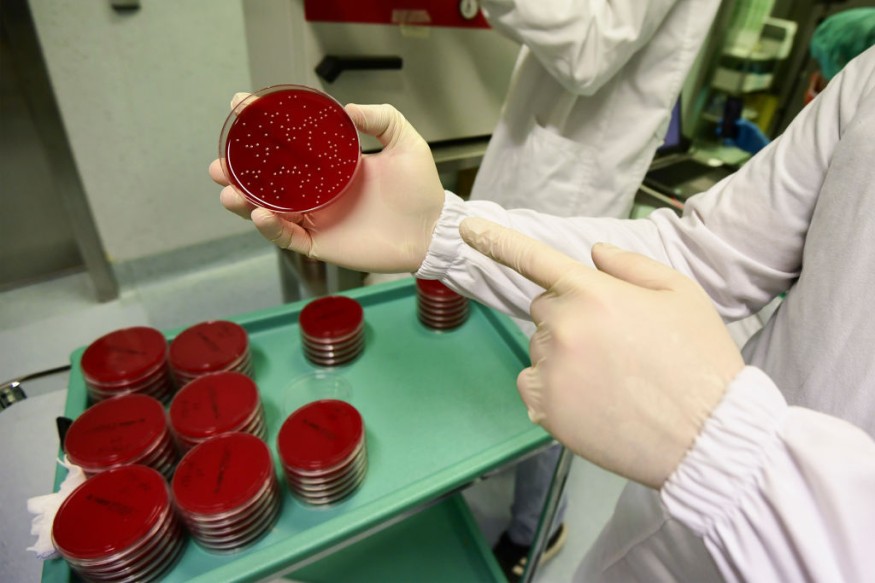With peak speeds of 64 mph (103 km/h), the cheetah simply outpaces different quick animals similar to racehorses, leading the belief that it has the title of the world's fastest land mammal.
As per the Smithsonian National facility & Conservation Biology Institute, some estimates of their high speed are nearer to 70 mph (113 km/h).
However, scientists from the University of Exter have discovered new information on a new species with tiny propellers used by single-cell organisms called archaea.
How can this organism move fast?

As per Phys.org, Archaea, like bacteria, are found in a variety of habitats, including inside the human body.
But unlike bad bacteria, they are not known to cause disease.
Some archaea spin a spiral thread called an archellum, accelerating it to incredible speeds using a cry-electron microscope to examine the specimen to a closer look.
The University of Exter and the University of Regensburg made a research team focused on Methanocaldococcus villosus, a species found near underwater volcanoes off Iceland, where water temperatures can reach about 80°C as per Revyuh.
Dr. Lavinia Gambelli, of Exeter's Living Systems Institute, stated, "Considering that the tiny cell is only about one micrometer in size, this means half a millimeter in one second. At first glance, this does not seem much."
"But in comparison, a cheetah achieves only 20 body lengths per second-so if an M. villosus cell had the size of a cheetah, it would swim at approximately 3,000 kilometers per hour."
With that, Gambelli said that the cell is one of the fastest-known organisms.
Dr. Bertram Daum, another researcher stated via Revyuh that "Archaea make up a considerable percentage of the microorganisms found in the human body. None has so far been found to cause disease, but it remains a possibility.
The discovery of its quick movement
According to ScienceDaily, studies have shown that the filaments used by M. villosus consist of thousands of copies of two alternating proteins, whereas previously investigated filaments have shown only one protein.
This suggested that the construction and assembly of the Archellum are more complex than previously thought.
Researchers have also identified two major structural elements that allow archaea filaments to migrate, allowing cells to move at high speeds, noted ScienceDaily.
© 2026 NatureWorldNews.com All rights reserved. Do not reproduce without permission.





